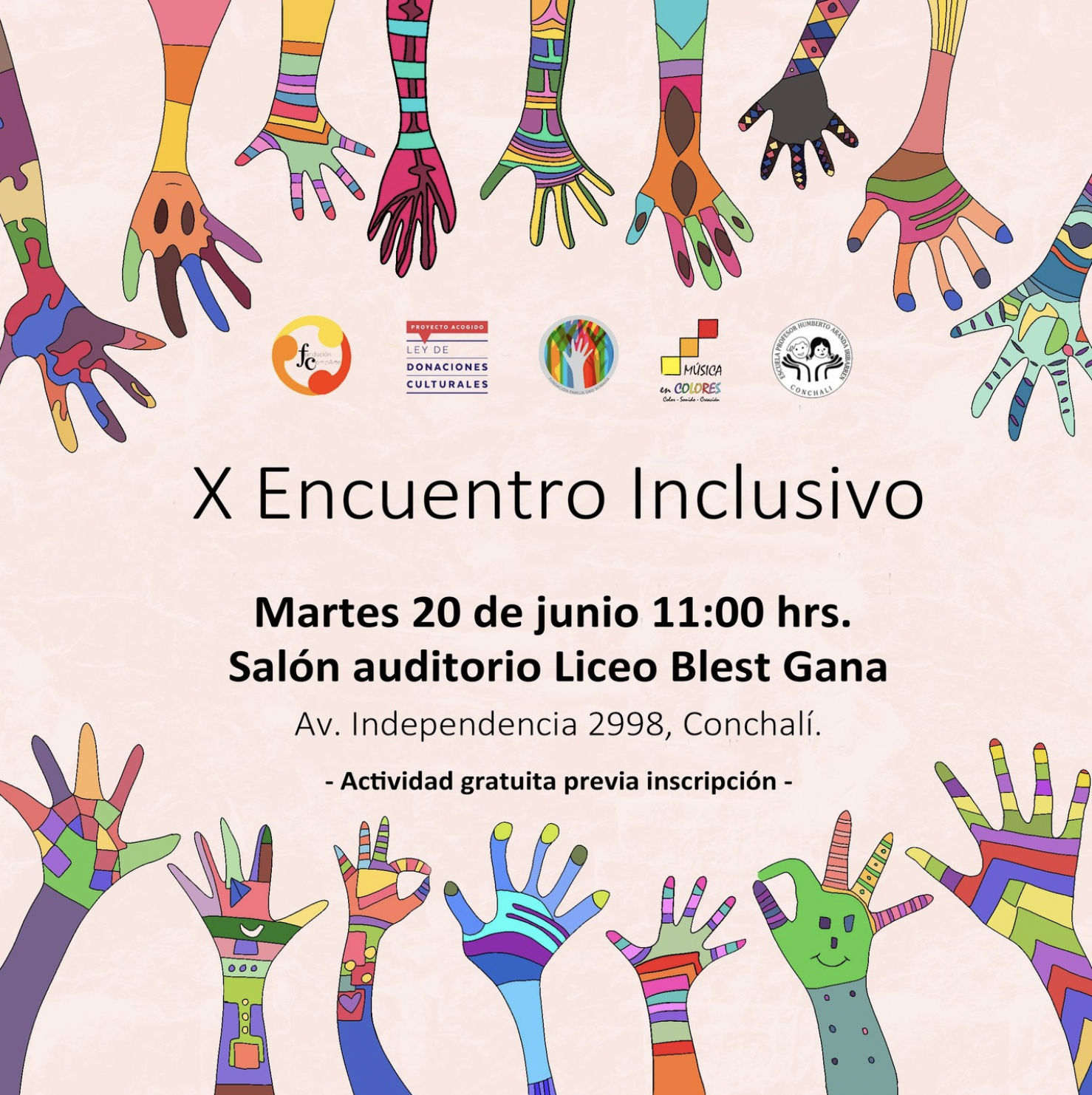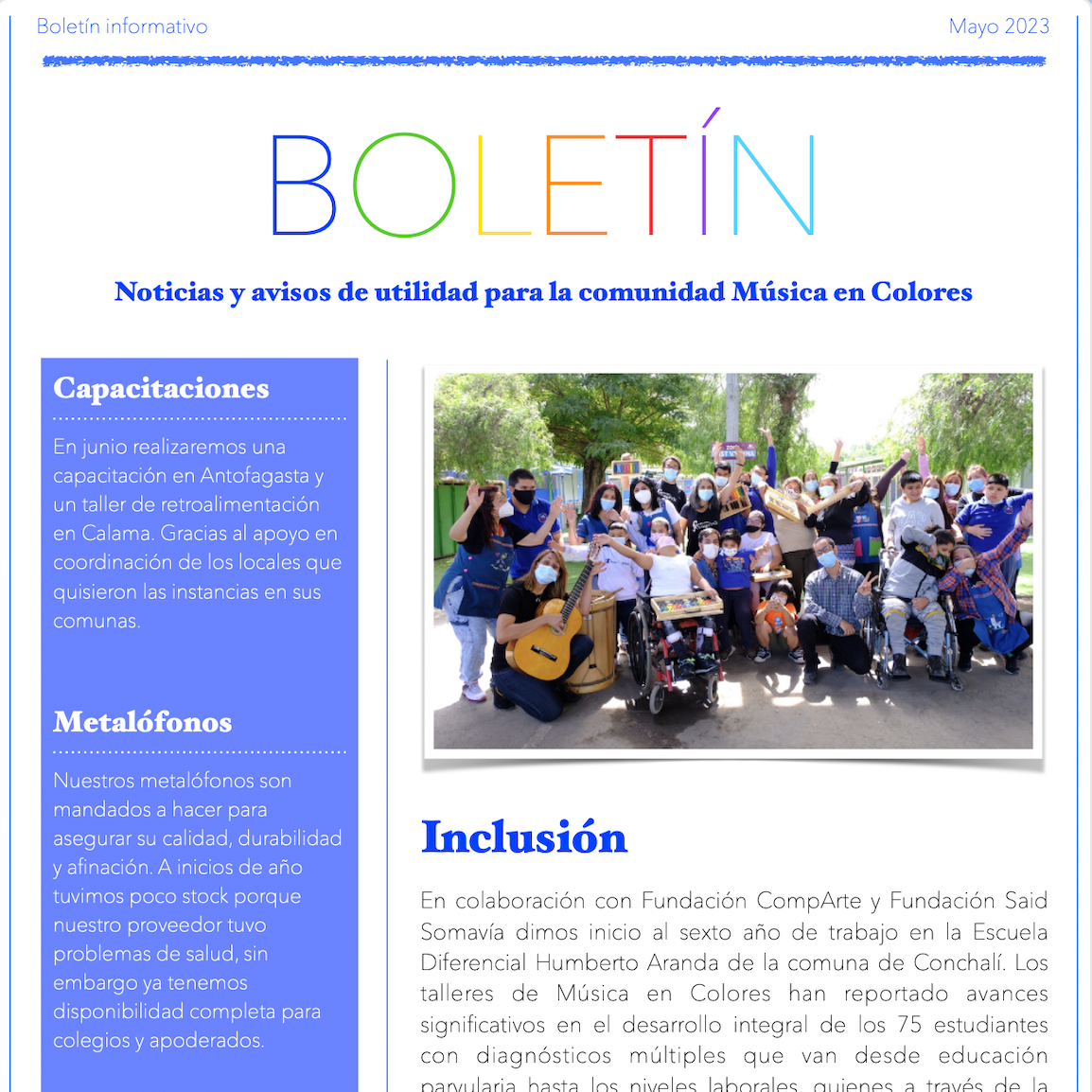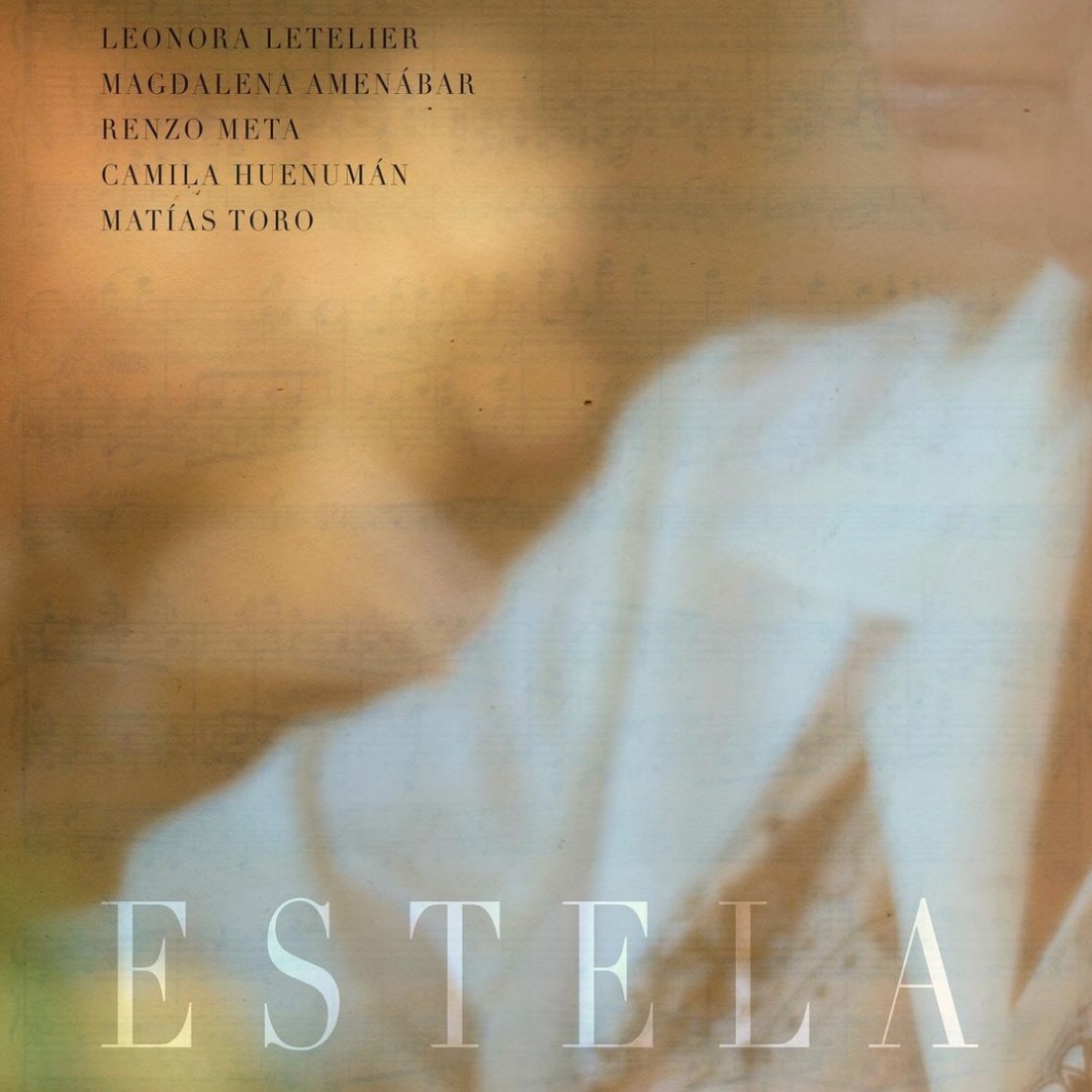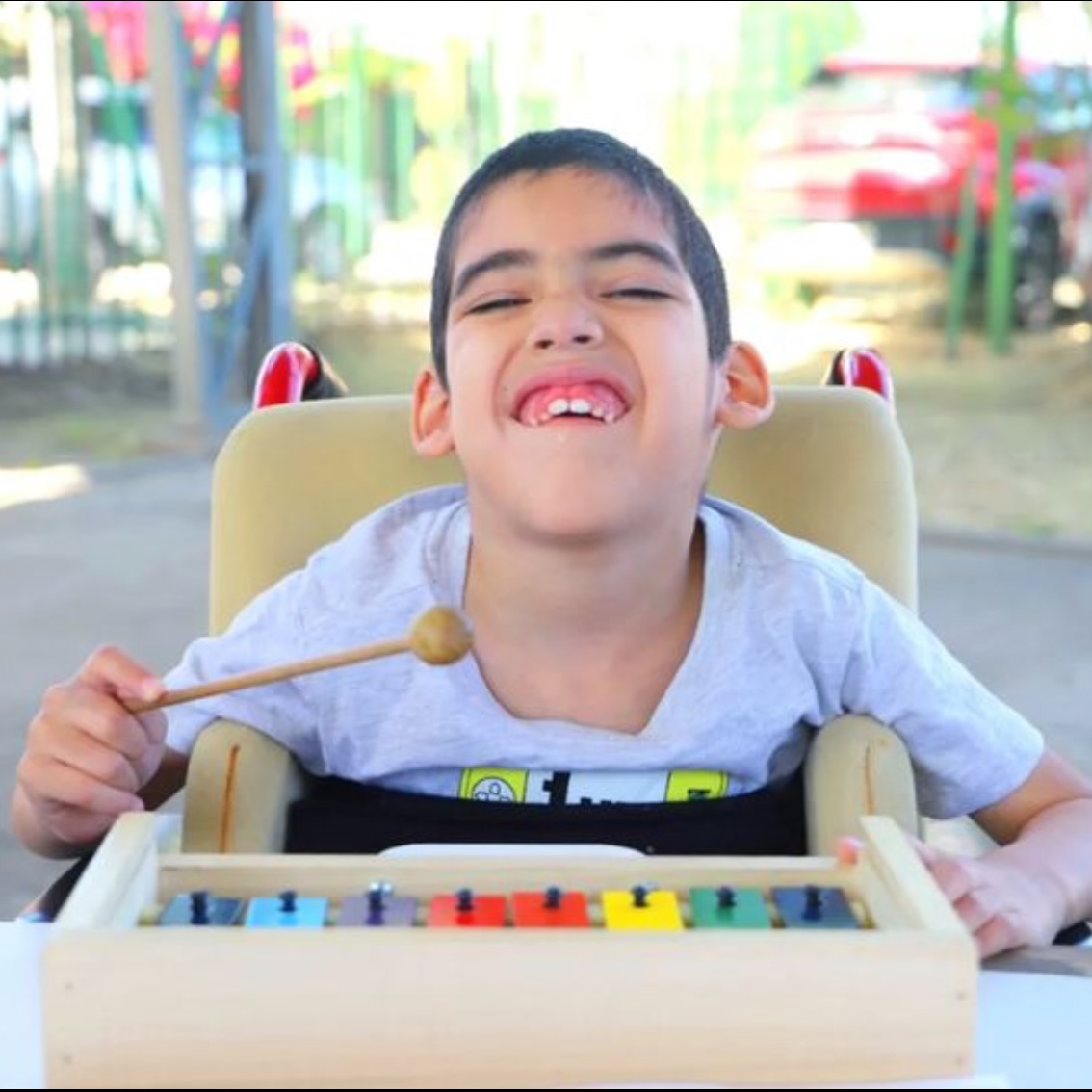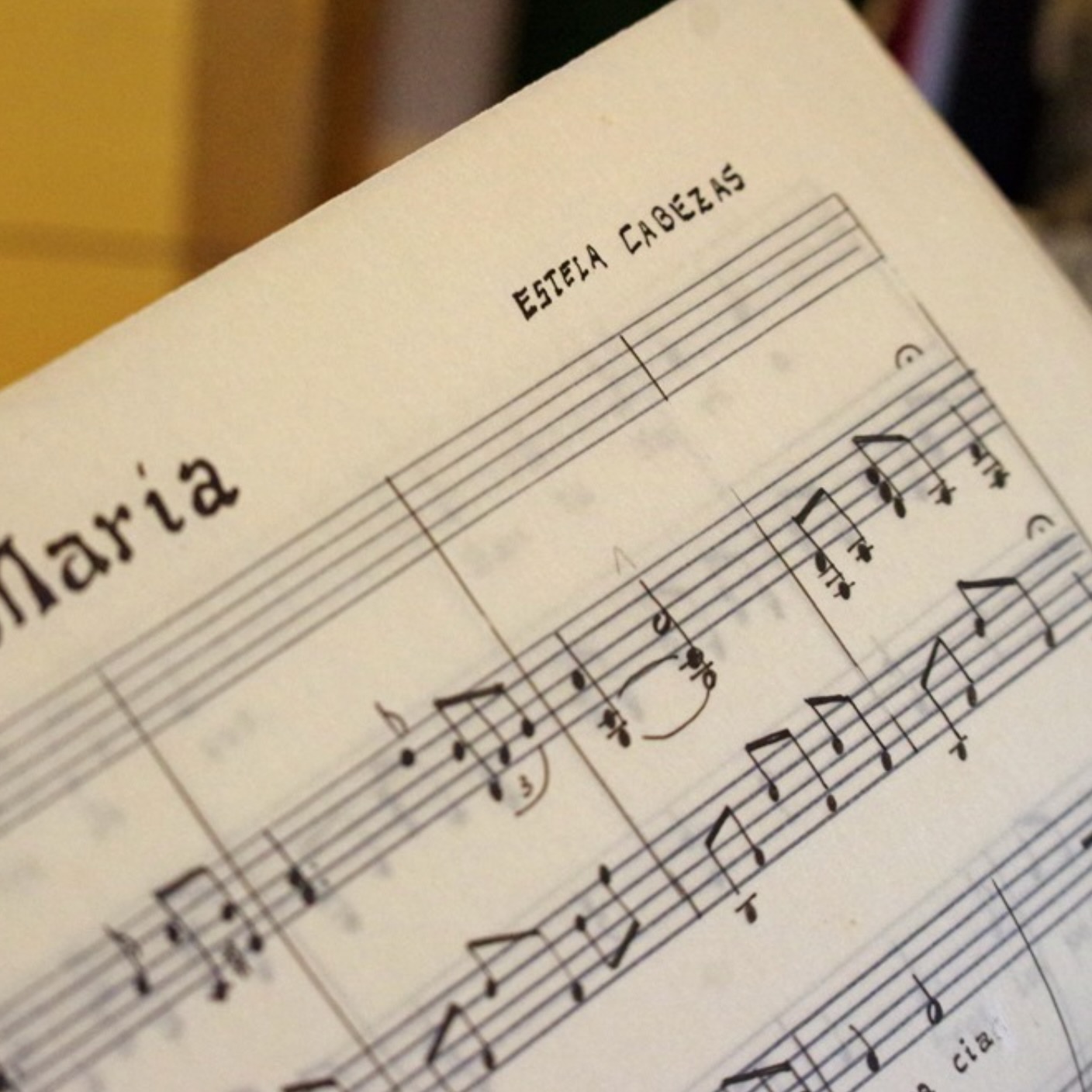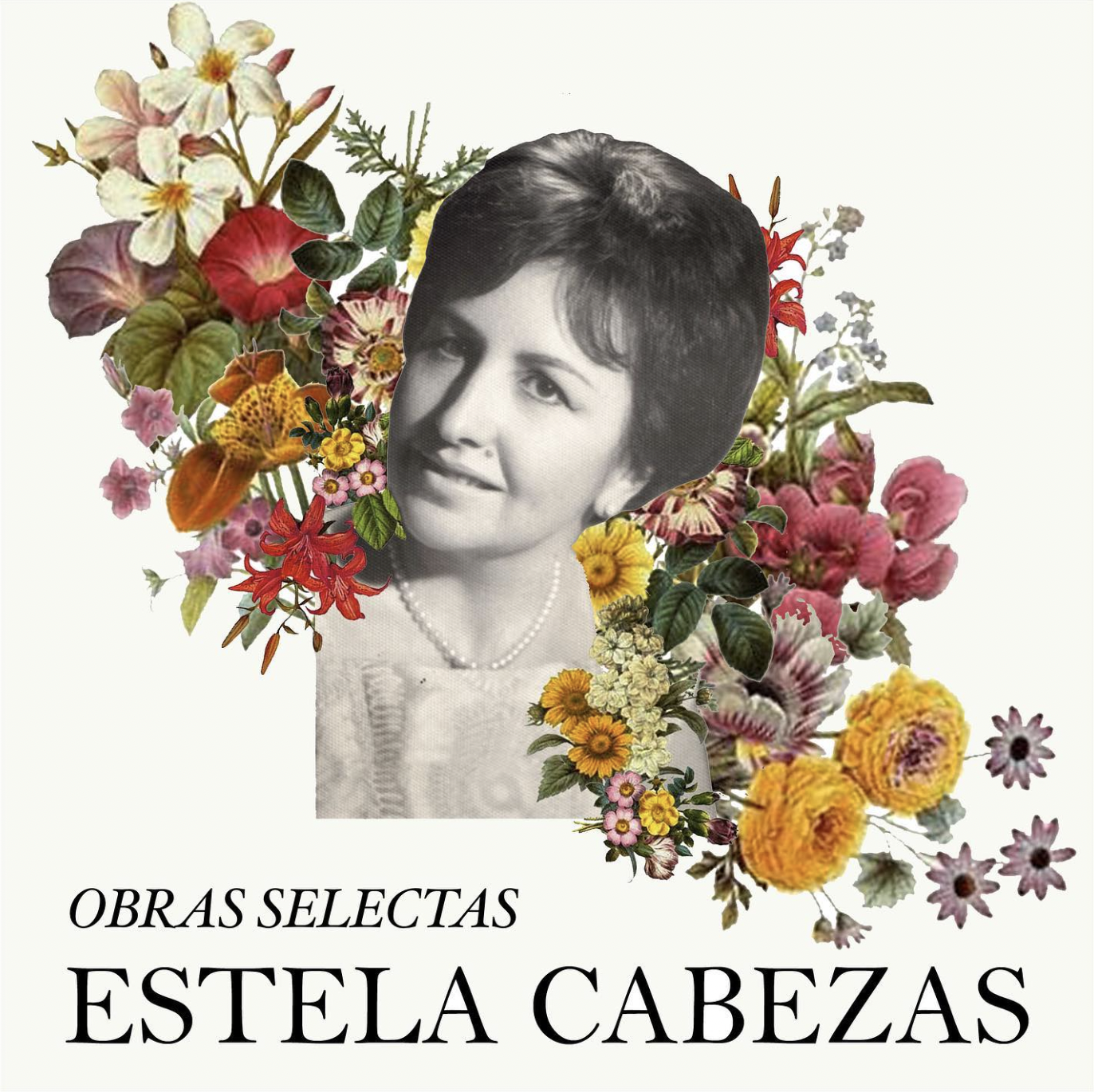about us
What is Música en Colores?
It is a method created for all children to start their musical education in a playful, practical, participatory and creative way with specific knowledge of musical language.
The "Music in Colors"® method was created by Estela Cabezas in the 60's, an original creation without precedent, since, even though color had been associated with sounds, never in the pedagogical concept that Estela Cabezas developed.
On the one hand, it relates the musical notes with specific colors, as well as measures in arithmetic proportion from the square for the graphic representation of the duration of the sound. With games and specific strategies, learning begins and flows in a natural way, awakening the children's motivation for musical initiation. Estela Cabezas developed a methodology based on affection, creation and respect for the different abilities and learning styles, allowing all children, without discrimination, to begin a complete process of musical education and integral stimulation.
At the end of the 1960s, he presented his proposal to outstanding musicians of the time, several of them his teachers, who responded with stimulating documents in which one can appreciate their surprise at such an original contribution.
It is also evaluated by authorities of the Ministry of Education where it is resolved in January 1973, after the technical report of the Superintendence of Public Education, to declare the method "Music in Colors"®. "Music in Colors"® method as complementary didactic material for piano teaching.
In 1968, Estela Cabezas travels to New York, where she shows her pedagogical work and receives reports that reveal her surprise at the concept and development of her proposal.
During the 70's, he applies it in his piano lessons and in some educational establishments. He also teaches it to interested teachers.
In 1979, Joan Zambrano, recently graduated as a music pedagogue at the PUCV, and daughter of Estela Cabezas, wrote her degree thesis, designing a program for the application of the method "Music in Colors"® method method in preschool and elementary school, a program that is currently widely applied in educational establishments throughout the country.
The method is disseminated through training courses given under the direction of Joan Zambrano at the Music Education Center "Música en Colores"®, with the support of OTEC and SENCE codes created for this purpose.
address
Administrative Office
Av. José Arrieta 10.031 Peñalolén.
Music in Colors Room. Cantagallo Shopping Center
(Av. Las Condes Nº 12.255)
Local 48 (second floor)
SCHEDULE
Monday to Thursday:
10:00 to 18:00 hrs.
Monday to Friday:
10:00 to 18:00 hrs.
Saturdays:
10:00 to 14:00 hrs.
phone
(562) 2279 7972
(+569) 7434 2013
(562) 2217 1191

